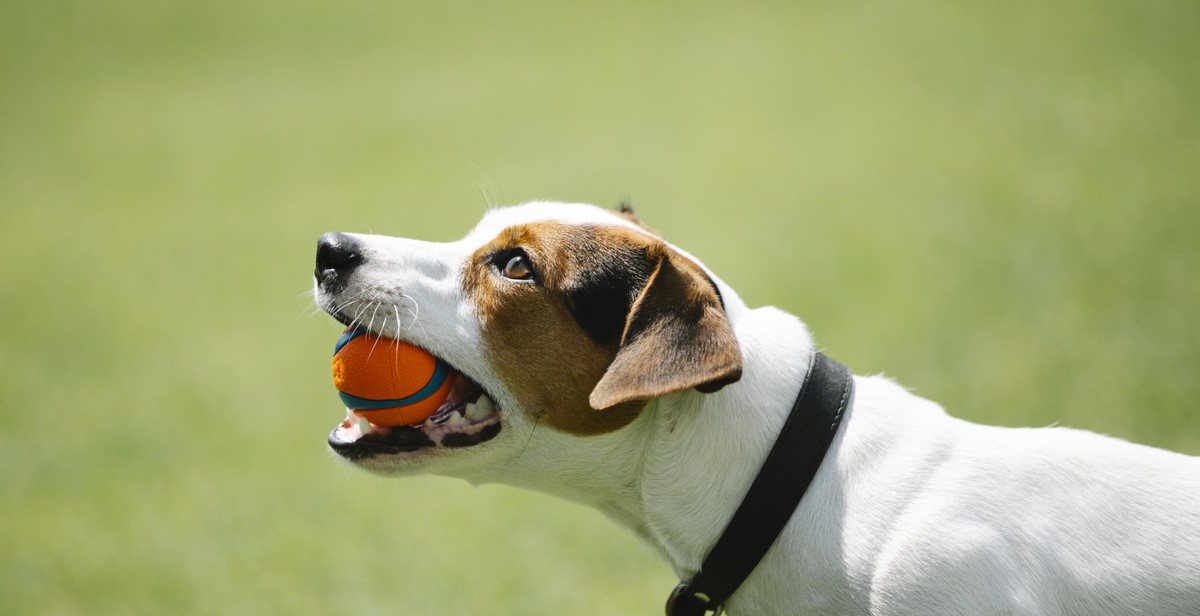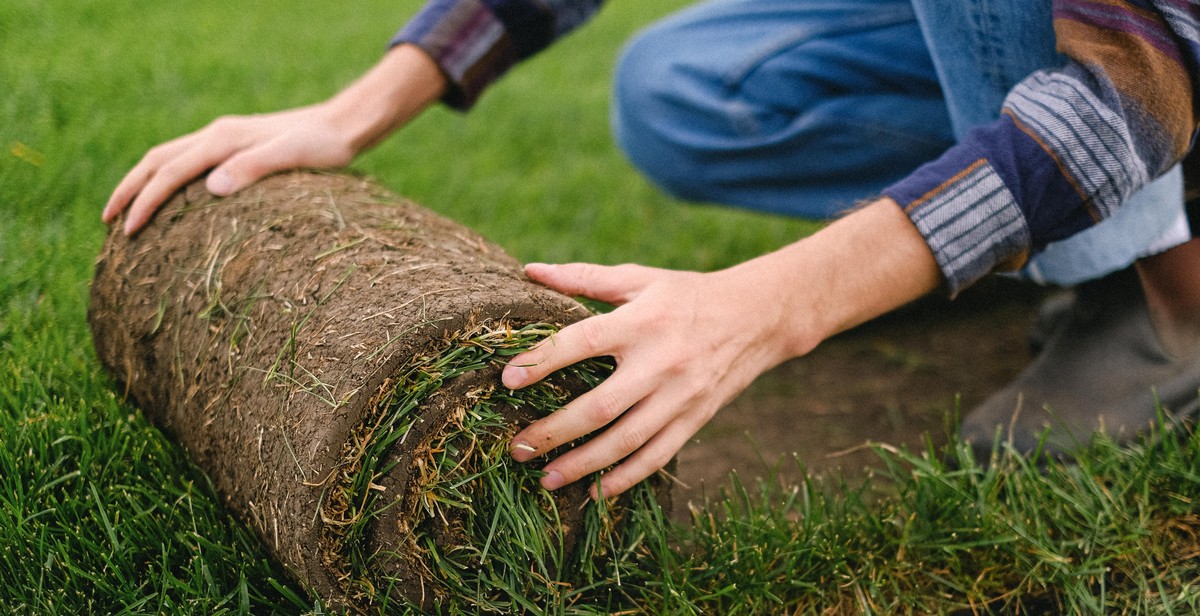How to Attract Frogs to Your Garden: Creating a Frog-Friendly Habitat in Your Yard
If you’re a nature lover, you probably know that frogs are one of the most beneficial creatures you can have in your garden. They eat insects like mosquitoes and flies, which can be a nuisance to you and your plants. Not only that, but they’re also an important part of the food chain for other animals like birds and snakes.
Why Attract Frogs?
Attracting frogs to your garden can be a fun and rewarding experience. Not only do they help control pests, but they also add to the biodiversity of your yard. Plus, watching them hop around and listening to their unique calls can be a relaxing and enjoyable pastime.
Creating a frog-friendly habitat in your yard is easier than you might think. By making a few simple changes to your landscaping and providing the right environment, you can attract these amazing creatures to your garden and enjoy all the benefits they have to offer.
- In this article, we’ll cover the basics of creating a frog-friendly habitat in your yard.
- We’ll discuss the importance of water, shelter, and food sources for frogs.
- We’ll also provide tips for creating a safe and welcoming environment for these amazing creatures.
So, whether you’re a seasoned gardener or just starting out, read on to learn how to attract frogs to your garden and create a thriving ecosystem in your backyard.

Understanding Frogs
Frogs are fascinating creatures that can be found all over the world. They are known for their unique characteristics such as their bulging eyes, long hind legs, and sticky tongues. There are over 7,000 species of frogs, and they come in various shapes, sizes, and colors.
Types of Frogs
There are two main types of frogs: true frogs and toads. True frogs have smooth, wet skin and are usually found near water sources, while toads have dry, bumpy skin and can be found in a variety of habitats.
Some common types of frogs include:
- Green Tree Frog
- American Bullfrog
- Pacific Tree Frog
- Red-Eyed Tree Frog
- Common Toad
Habitat Requirements
Frogs require a specific habitat to survive, and creating a frog-friendly environment in your yard can help attract them. Some of the key habitat requirements for frogs include:
| Requirement | Description |
|---|---|
| Water | Frogs need a water source to breed and lay eggs. This can be a pond, stream, or even a small container of water. |
| Shade | Frogs need a shaded area to rest during the day and to avoid predators. Planting trees or adding a shaded area can provide this. |
| Vegetation | Frogs need vegetation for shelter and to hunt insects. Adding plants, shrubs, and grass to your yard can provide this. |
| Food | Frogs eat insects, so having a variety of insects in your yard can attract them. Avoid using pesticides, as this can harm the frogs and their food sources. |
By providing these habitat requirements, you can create a frog-friendly environment in your yard and attract these fascinating creatures.

Creating a Frog-Friendly Environment
If you want to attract frogs to your garden, you need to create a frog-friendly environment. This means providing them with a habitat that is suitable for their needs. Here are some tips on how to create a frog-friendly environment in your yard:
Provide Water Sources
Frogs need water to survive, so providing them with a water source is essential. You can add a pond or a small water feature to your garden. If you don’t have the space for a pond, you can use a container or a barrel. Be sure to include some shallow areas in the water source, as this is where the frogs will lay their eggs.
Add Vegetation
Frogs need vegetation to hide in and to provide them with shade. You can add plants, shrubs, and trees to your garden to create a frog-friendly environment. Make sure you choose plants that are native to your area, as these will provide the best habitat for the local frog species. You can also add rocks and logs to your garden to provide additional hiding places for the frogs.
Avoid Pesticides and Chemicals
Pesticides and chemicals can be harmful to frogs and other wildlife. Avoid using pesticides and chemicals in your garden, as this can disrupt the natural balance of the ecosystem. Instead, use natural methods to control pests and weeds. You can also use organic fertilizers and compost to improve the health of your soil and plants.
Conclusion
Creating a frog-friendly environment in your yard is easy, and it can help to attract these fascinating creatures to your garden. By providing them with water sources, vegetation, and avoiding pesticides and chemicals, you can create a habitat that is suitable for their needs. With a little effort, you can turn your garden into a haven for frogs and other wildlife.

Additional Tips
Useful Tools and Supplies
Here are some useful tools and supplies that can help you create a frog-friendly habitat in your garden:
- Shovel
- Rake
- Garden hose
- Watering can
- Pond liner
- Aquatic plants
- Logs and rocks
- Compost
Maintenance and Care
Creating a frog-friendly habitat is just the first step. Here are some tips on how to maintain and care for your garden:
- Regularly remove debris and fallen leaves from the pond to prevent it from becoming stagnant.
- Trim any overgrown plants around the pond to prevent them from overshadowing the water, which can prevent sunlight from reaching the water and inhibiting plant growth.
- Check the pond’s water level regularly to ensure that it is not too low or too high.
- Monitor the pH level of the water and adjust it as necessary.
- Regularly add compost to the soil around the pond to maintain soil health and promote plant growth.
- Keep pets away from the pond to prevent them from disturbing the habitat.
| Useful Tools and Supplies | Maintenance and Care |
|---|---|
| Shovel | Regularly remove debris and fallen leaves from the pond to prevent it from becoming stagnant. |
| Rake | Trim any overgrown plants around the pond to prevent them from overshadowing the water, which can prevent sunlight from reaching the water and inhibiting plant growth. |
| Garden hose | Check the pond’s water level regularly to ensure that it is not too low or too high. |
| Watering can | Monitor the pH level of the water and adjust it as necessary. |
| Pond liner | Regularly add compost to the soil around the pond to maintain soil health and promote plant growth. |
| Aquatic plants | Keep pets away from the pond to prevent them from disturbing the habitat. |
